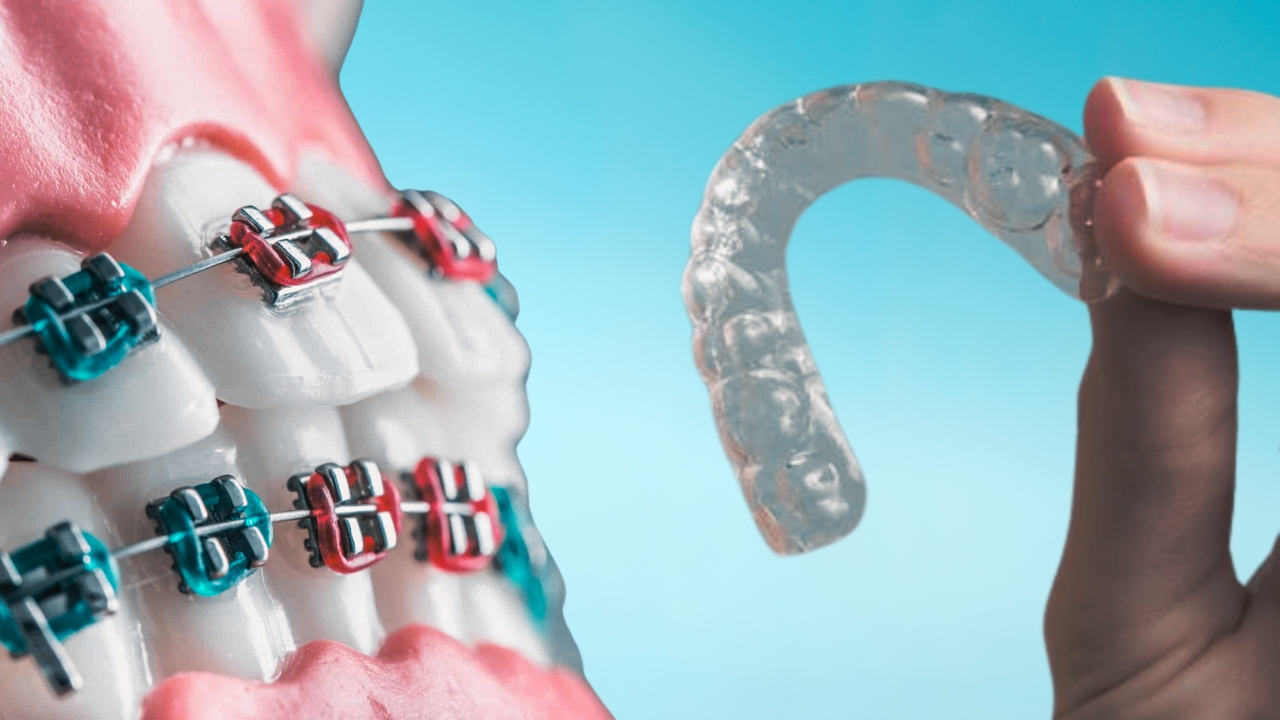Orthodontic treatment options like Invisalign and traditional braces offer solutions for aligning teeth and correcting bites.
Choosing the right treatment, especially for complex orthodontic cases, is crucial for achieving the best results.
Overview of Invisalign and Braces
First, let us take a look at the basic things about these two.
Invisalign
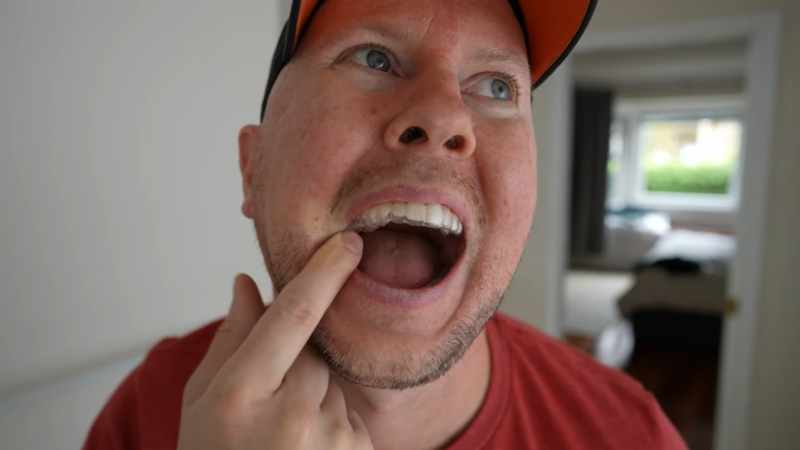
Invisalign is a modern orthodontic treatment that uses clear, removable aligners to straighten teeth. These aligners are custom-made for each patient using 3D imaging technology.
The treatment process begins with a thorough consultation with an orthodontist who takes digital scans or impressions of the teeth.
These scans are used to create a series of aligners that gradually shift the teeth into the desired position.
Each set of aligners is typically worn for one to two weeks before moving on to the next set.
The total duration of Invisalign treatment varies depending on the complexity of the case but generally ranges from 12 to 18 months.
Invisalign aligners are virtually invisible, making them an attractive option for those concerned about the aesthetics of traditional braces.
The aligners are also removable, which allows patients to eat, brush, and floss without the obstructions posed by braces. However, to be effective,
Invisalign aligners must be worn for 20 to 22 hours a day, requiring a high level of compliance from the patient. In some cases, attachments—small, tooth-colored bumps—are used on the teeth to aid in the movement and improve the aligners’ grip.
Traditional Braces
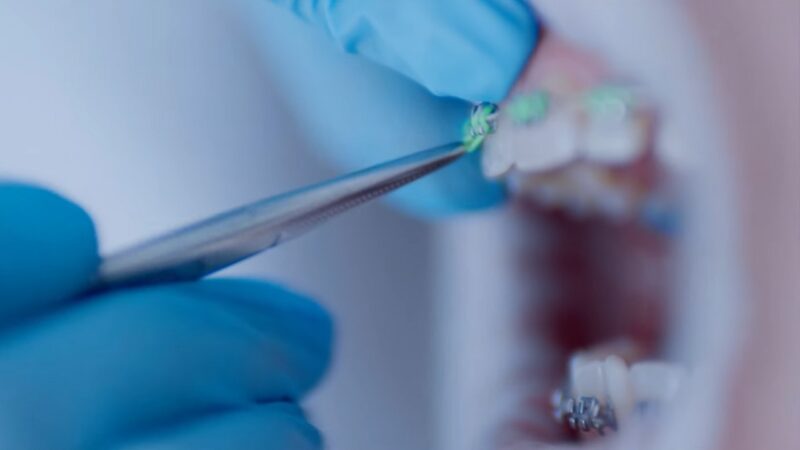
Traditional braces are the most common and effective orthodontic treatment for a wide range of dental issues.
They consist of metal brackets that are bonded to the teeth and connected by wires and elastic bands.
There are different types of traditional braces, including metal braces, ceramic braces (which are less noticeable), and lingual braces (which are attached to the back of the teeth).
The treatment process for traditional braces begins with a consultation and fitting of the brackets and wires.
Over time, the orthodontist adjusts the wires to gradually move the teeth into their correct positions.
The duration of treatment varies but typically lasts between 18 months and 3 years, depending on the severity of the case. Traditional braces are highly effective in treating complex orthodontic issues, including severe misalignments and bite problems.
They do not require the same level of patient compliance as Invisalign since they are fixed in place.
Pros and Cons
Now let us take a look at the pros and cons of both concepts
Invisalign
| Advantages | Disadvantages |
|---|---|
| Virtually invisible | Requires strict compliance |
| Removable for eating, brushing, and flossing | Less effective for severe cases |
| Comfortable, smooth plastic | Must remove aligners to eat or drink anything but water |
| Fewer orthodontist visits |
Traditional Braces
| Advantages | Disadvantages |
|---|---|
| Highly effective for a wide range of dental issues | Visible metal brackets and wires |
| Does not rely on patient compliance | Maintaining oral hygiene is challenging |
| Provides faster treatment times in some cases | Increased risk of plaque buildup and tooth decay |
| Orthodontist has greater control over tooth movement | Must follow dietary restrictions |
| Handles multiple dental and facial issues simultaneously |
Effectiveness in Complex Cases
Effectiveness is another major topic.
Invisalign
Invisalign is generally suitable for mild to moderate orthodontic issues, such as minor crowding, spacing, and simple bite problems.
However, its effectiveness diminishes as the complexity of the case increases.
For severe misalignments, significant bite issues, or cases requiring substantial tooth movement, Invisalign may not provide the necessary force to achieve the desired results.
In such instances, attachments and additional orthodontic tools might be required to enhance the effectiveness of the aligners.
These attachments, while helpful, can still fall short in addressing highly complex cases.
Traditional Braces
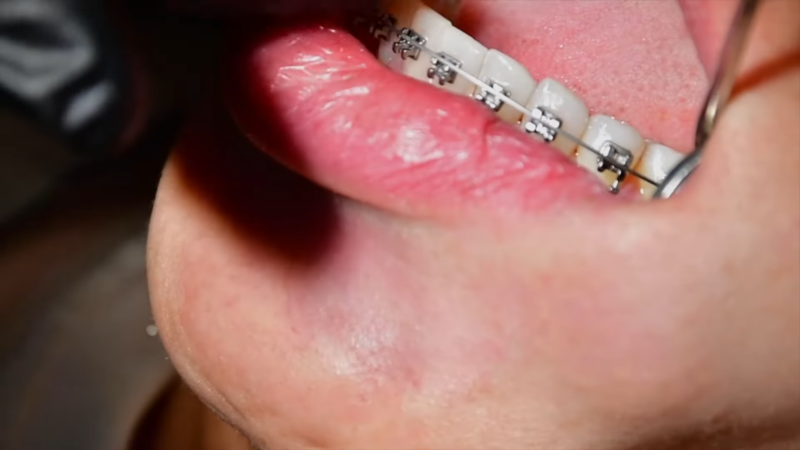
Traditional braces excel in treating severe and complex orthodontic issues. They can apply stronger forces to move teeth more efficiently and precisely.
This makes them ideal for correcting significant misalignments, severe bite problems, and other complex dental issues.
Traditional braces can also address multiple issues simultaneously, including jaw alignment and facial structure improvements.
The ability to use various types of braces, such as lingual braces or ceramic braces, provides additional options for patients concerned about aesthetics while still needing the comprehensive treatment that only traditional braces can offer.
Cost Comparison
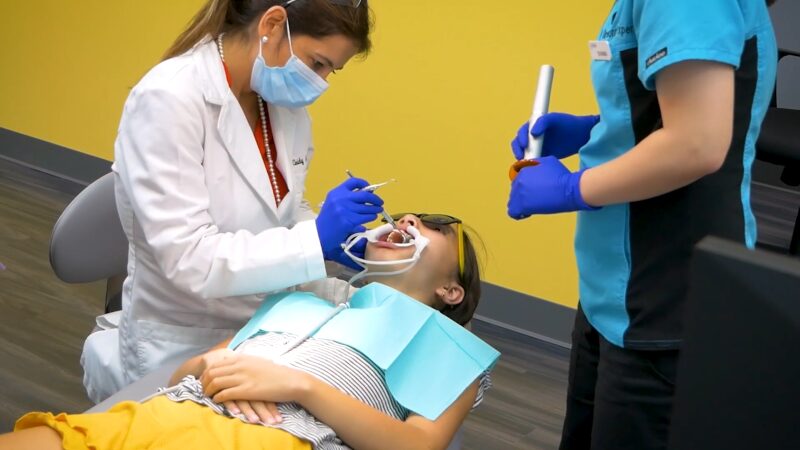
The cost of orthodontic treatment varies based on several factors, including the complexity of the case, the location of the orthodontist, and the duration of the treatment.
These factors can significantly influence the overall expense for both Invisalign and traditional braces.
Complexity of the Case
The severity of the dental issues being addressed can affect the cost.
More complex cases that require extensive movement of teeth or correction of significant bite problems typically result in higher costs.
Invisalign tends to be more expensive for complex cases because of the need for more custom-made aligners and potentially additional attachments.
Location of the Orthodontist
Geographical location can play a substantial role in the cost of treatment.
Orthodontists in metropolitan areas or regions with a higher cost of living generally charge more for their services compared to those in rural or lower-cost areas.
Duration of the Treatment
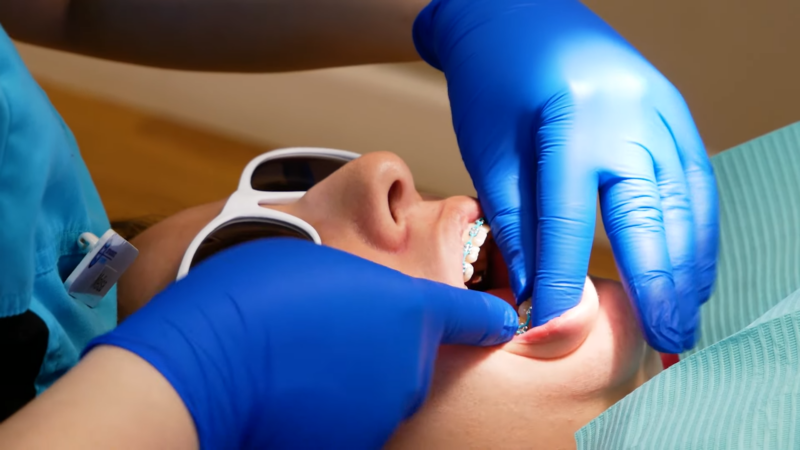
The length of the treatment period also impacts the overall cost.
Longer treatment durations mean more aligners for Invisalign and more frequent adjustments for traditional braces, both of which increase costs.
Technology and Materials
Invisalign typically costs more than traditional braces due to the advanced technology used to create custom aligners.
This includes 3D imaging, computer modeling, and the production of multiple sets of aligners throughout the treatment.
The materials used for traditional braces, such as metal, ceramic, or lingual options, also affect the price.
Metal braces are usually the most affordable, while ceramic and lingual braces are more expensive due to their materials and aesthetic appeal.
Long-term Cost Implications
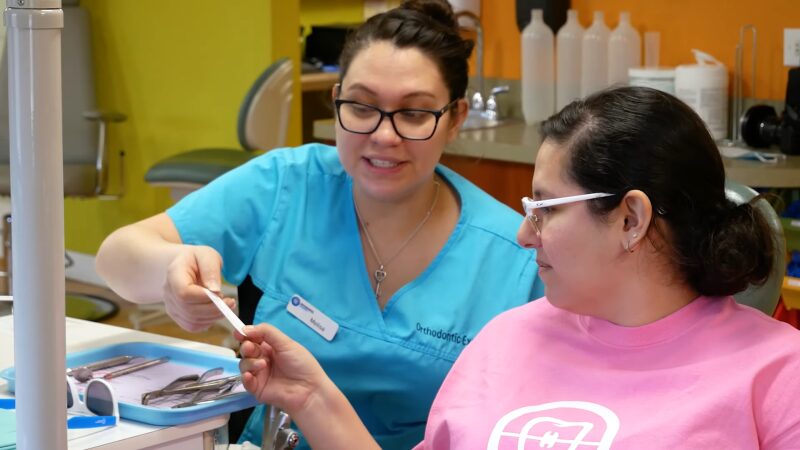
It’s essential to consider potential long-term costs. Invisalign aligners can be lost or damaged, leading to additional expenses for replacements.
In contrast, traditional braces, being fixed, do not have this issue. Traditional braces may incur costs for repairs if brackets or wires break.
Patients with traditional braces might need more frequent professional cleanings due to the challenges of maintaining oral hygiene, which can add to the overall cost.
The Bottom Line
Both Invisalign and traditional braces have their unique advantages and limitations.
Choosing the right treatment depends on the complexity of the orthodontic case and individual preferences.
Similarly, CEREC Crowns offer a convenient solution for those needing restorative dental work.
A personalized treatment plan, guided by a professional orthodontist, ensures the best outcome for achieving a beautiful, healthy smile.

